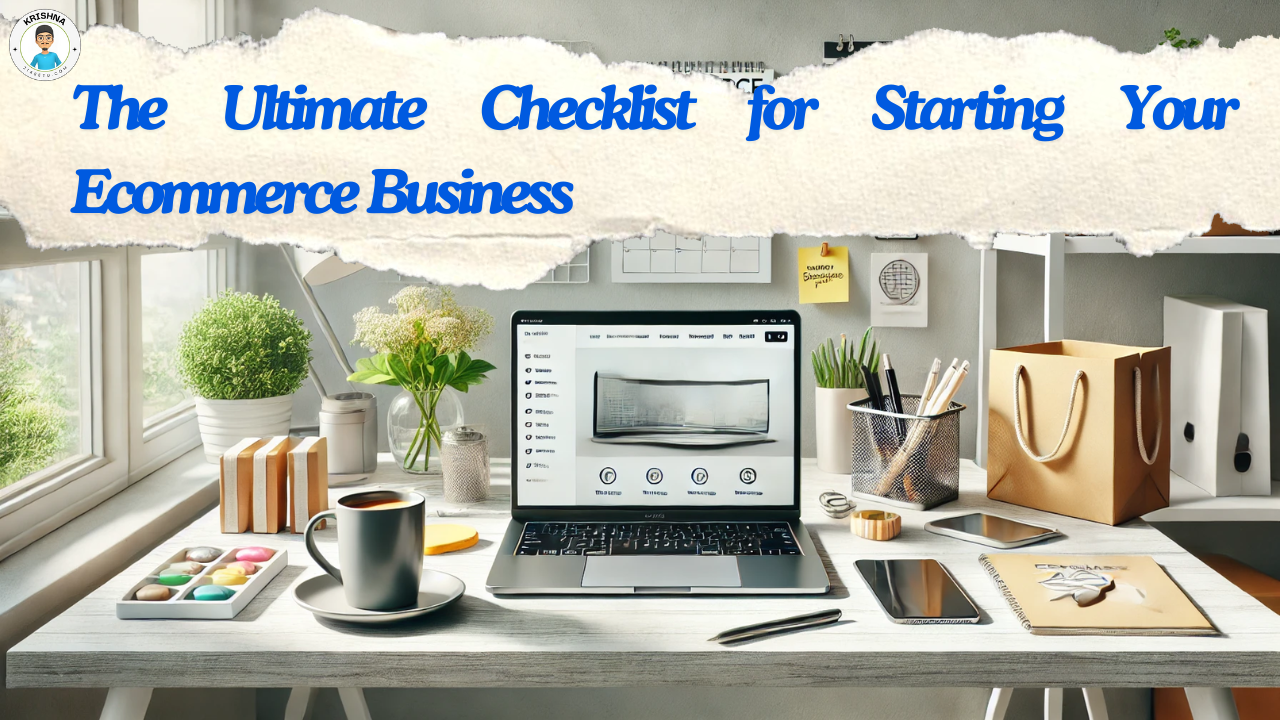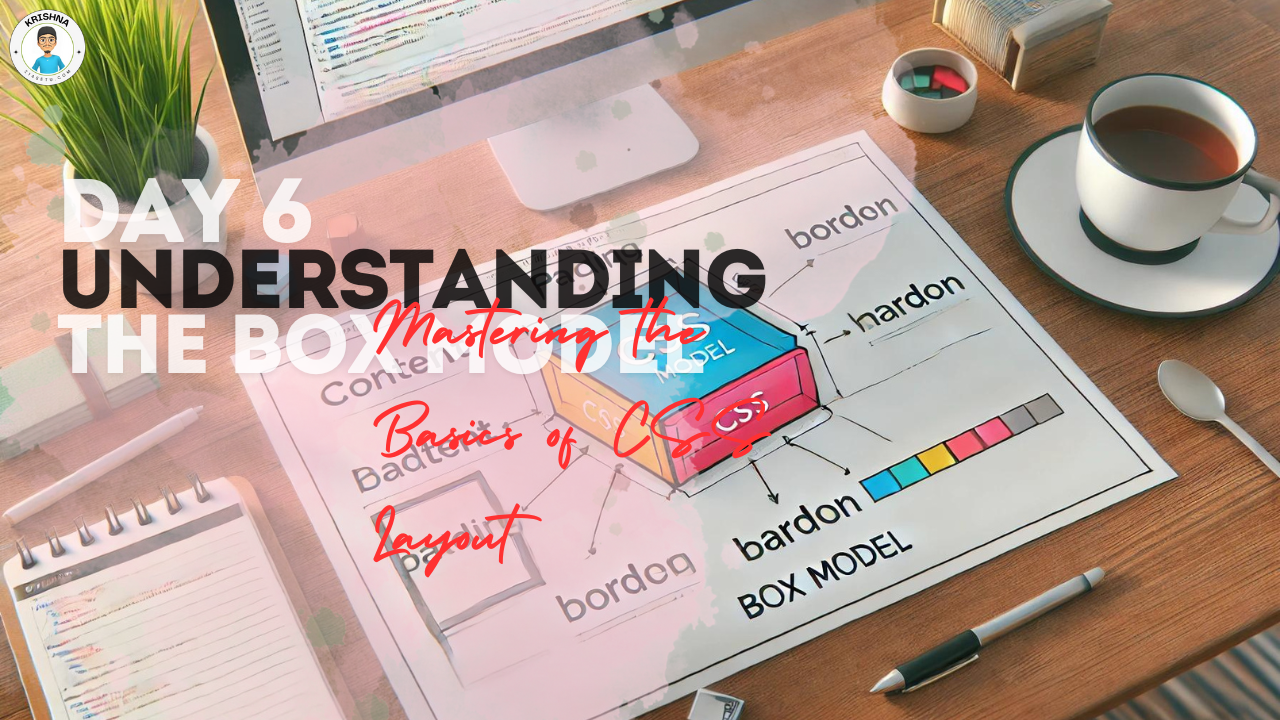
Starting an ecommerce business can be both exciting and a bit daunting. Whether you’re planning to sell handmade crafts or the latest tech gadgets, having a clear plan can make the process a lot smoother. Here’s your ultimate checklist to help you get started on the right foot.
1. Choose Your Niche
First things first, decide what products you want to sell. Choose a niche that you’re passionate about and that has market demand.
Example:
If you love fitness, you might choose to sell workout gear, health supplements, or fitness apparel. This way, you’ll enjoy your work and connect better with your customers.
2. Conduct Market Research
Understand your target audience and competitors. Use tools like Google Trends, surveys, and competitor analysis to gather insights.
Example:
If you’re selling eco-friendly products, check out what similar brands are offering, their pricing, and customer feedback. This will help you find your unique selling point.
3. Create a Business Plan
Outline your business goals, target market, unique selling proposition (USP), marketing strategy, and financial projections.
Example:
If your goal is to become a leading provider of handmade jewelry, your business plan should include steps to reach that goal, like social media marketing, influencer partnerships, and pricing strategies.
4. Register Your Business
Choose a business name and register it. Depending on your location, this might include getting a business license and registering for taxes.
Example:
If your business name is “EcoGoods,” make sure it’s available and register it with the appropriate local authorities.
5. Set Up Your Online Store
Choose an ecommerce platform like Shopify, WooCommerce, or BigCommerce. Customize your store to reflect your brand and make it user-friendly.
Example:
Use high-quality images, detailed product descriptions, and easy navigation to enhance the shopping experience for your customers.
6. Secure Your Domain Name
Purchase a domain name that matches your business name. This will be your online address, so choose something memorable and easy to spell.
Example:
If your business is “EcoGoods,” your domain might be “ecogoods.com.”
7. Design Your Website
Create a visually appealing and functional website. Ensure it’s mobile-friendly and easy to navigate.
Example:
Include a homepage showcasing your best products, an about page telling your story, and a contact page for customer inquiries.
8. Set Up Payment Gateways
Enable secure payment options like credit/debit cards, PayPal, and other popular payment methods.
Example:
Integrate payment gateways like Stripe or PayPal to ensure smooth and secure transactions for your customers.
9. Arrange Product Sourcing and Inventory
Decide whether you will make your products, source them from manufacturers, or use dropshipping. Ensure you have a reliable inventory system.
Example:
If you’re selling handmade candles, source quality materials and set up a space to create and store your products.
10. Develop a Shipping Strategy
Choose shipping partners and decide on your shipping rates and policies. Offer multiple shipping options to meet customer needs.
Example:
Partner with carriers like USPS, FedEx, or UPS and offer standard and expedited shipping options to satisfy different customer preferences.
11. Create Marketing Materials
Develop your brand’s logo, banners, and other marketing materials. Consistent branding helps build recognition and trust.
Example:
Design a professional logo that represents your brand and use it across your website and social media platforms to maintain a consistent look and feel.
12. Plan Your Marketing Strategy
Identify the best channels to reach your audience. Consider social media marketing, email marketing, SEO, and pay-per-click (PPC) advertising.
Example:
Use Instagram and Pinterest to showcase your products with beautiful photos, run Facebook ads to reach a wider audience, and optimize your website for search engines to increase visibility.
13. Launch and Promote Your Store
Announce your launch through social media, email newsletters, and collaborations with influencers. Offer special promotions to attract initial customers.
Example:
Run a launch day sale with a 20% discount on all products and partner with influencers to promote your brand to their followers.
14. Monitor and Optimize
Track your store’s performance using analytics tools. Pay attention to metrics like traffic, conversion rates, and customer feedback. Use this data to make improvements.
Example:
If you notice that a particular product page has a high bounce rate, consider improving the product description or images to make it more appealing.
15. Provide Excellent Customer Service
Ensure timely and helpful customer support. Happy customers are more likely to return and recommend your store to others.
Example:
Respond promptly to customer inquiries, process returns smoothly, and ask for feedback to improve your services. This will help you build a loyal customer base.
Wrapping Up
Starting an ecommerce business requires careful planning and execution. By following this checklist, you’ll be well on your way to creating a successful online store. Remember, the key is to stay flexible and adapt to changes in the market.

